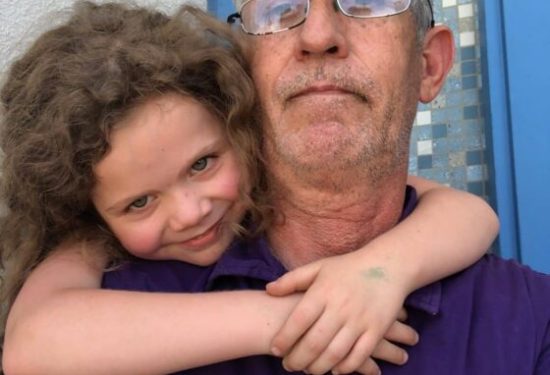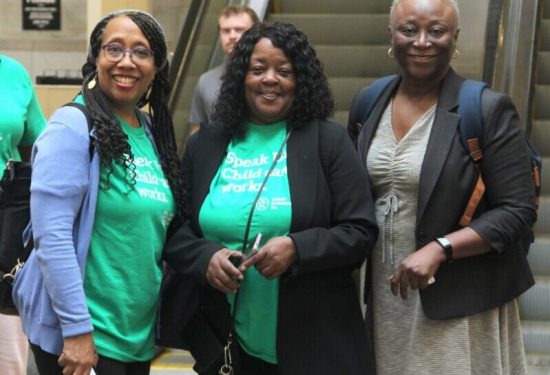One area of confusion that we see often is the understanding of the difference between the Economic Injury Disaster Loan (EIDL) and the Targeted EIDL. While they are both very similar programs, it is important to note some key differences before you proceed with either of these programs.
Many of you will remember the EIDL from last year. The EIDL consisted of two components: the EIDL advance, an up to $10,000 cash grant, and the EIDL loan portion that could be used in the near-term to get businesses back up and running but would need to be repaid. It is very important to note that there are two portions of the program because one will leave you with debt while the other will not. Unfortunately, some people were confused by this and accepted the loan portion of the program without realizing it was adding to their debt. Additionally, the advance or grant portion of the program quickly ran out of money multiple times. Many of the people who applied received partial EIDL advances of $1,000, some $10,000, some nothing at all. The program continued through 2020 but without the advance portion of the program, meaning that if you applied during this time for an EIDL, you could only get the debt part of the program.
However, a new program was included in the new stimulus that was approved on December 27, 2020 that builds off the EIDL, called the Targeted EIDL. The EIDL and Targeted EIDL are similar programs but are distinctly different, and it is important to know that difference. The Targeted EIDL is intended to help level the playing field and compensate for some of the inequities of the EIDL advance last spring and accordingly is limited to specific communities. Specifically, the Targeted EIDL sets aside money for what the federal government is calling “low-income communities” which they define as communities showing “a census track with a poverty rate of 20% or greater.” Additionally, businesses would need to show some sort of significant revenue loss, defined as the reduction in 30% of your revenue, comparing 2019-2020 though guidance on this is still ongoing.
Recently, the SBA began to define how they intend to approach the program. What we know right now is that they have started emailing businesses that received part of the EIDL advance. The email will include instructions on how to meet the revenue test and get the balance of the advance to bring you to $10,000. For example, if you received a $2,000 EIDL advance in 2020, the SBA would contact you with guidance on how to pass the revenue test and you would then receive the difference of $8,000 bringing your total EIDL advance to $10,000.
THe SBA said they will next reach out to businesses which applied for the EIDL advance before December 27, 2020, but never received any money because the EIDL advance program was out of funding.
After that group of people, we are not sure what will happen. The stimulus law implies that the Targeted EIDL should be opened up for new applicants from the specified communities who can meet the revenue test. But at this time, the SBA is taking a “wait and see” approach to determine how much funding is left after the first two groups are served (i.e., those who received a partial advance or applied for an advance and received nothing). If you are located in one of these communities and received a partial EIDL advance or applied for an EIDL advance and received nothing at all, keep an eye out for an @sba.gov email. When you do receive it, read it carefully. If you have questions, don’t hesitate to reach out to us through Home Grown’s free stimulus support email. You can reach us in English or Spanish, at to ppp@civstrat.com. You can also find additional information about these programs in the Home Grown Stimulus Navigator, which is available here.




